- Home
- ::
- Top NFT Marketplace Security Best Practices for 2025
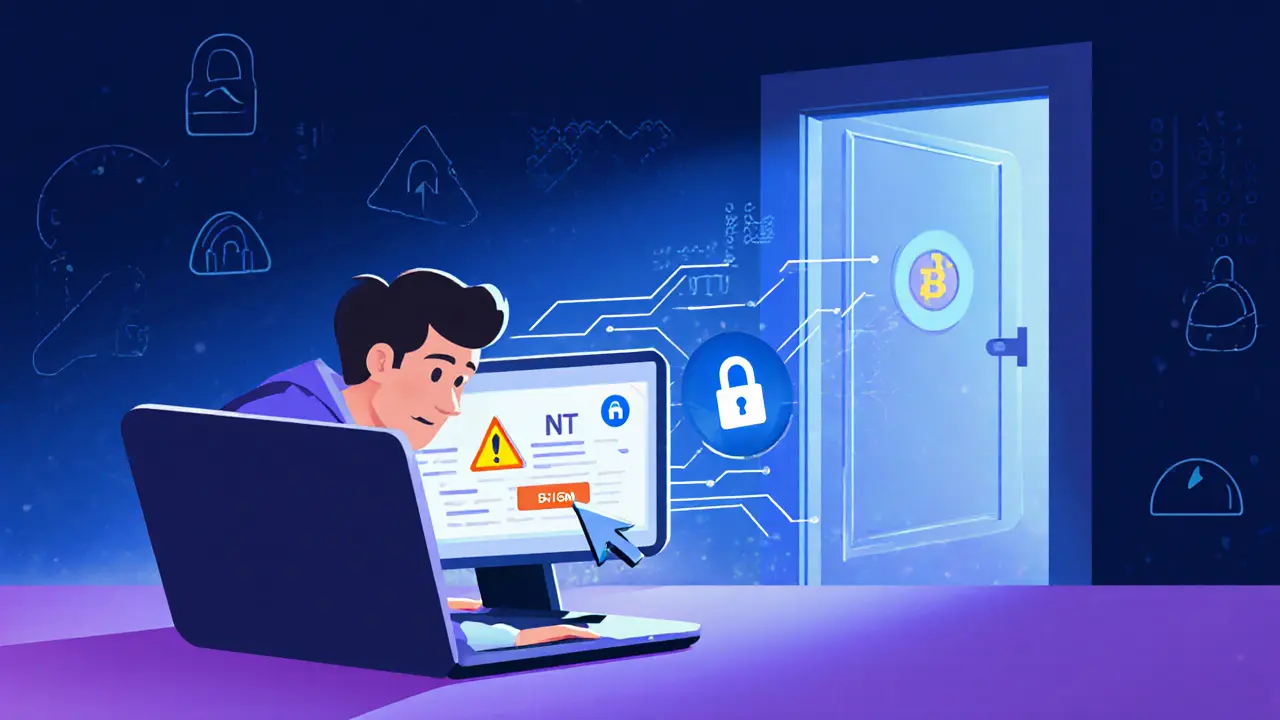
Top NFT Marketplace Security Best Practices for 2025
Buying, selling, or just holding a digital collectible feels exciting-but the moment you click "sign" you’re also opening a door to potential hacks, phishing scams, and contract bugs. The good news? You can lock that door with a handful of proven steps that keep your assets safe without turning the whole process into a labyrinth.
Why NFT security matters now more than ever
In 2024, fraud attempts on NFT platforms jumped 45% year‑over‑year, according to Check Point Research. With the market swelling to over $14billion in 2025, every transaction carries a larger financial stake and a bigger target for attackers. Unlike credit‑card purchases, blockchain trades lack chargebacks, meaning a single missed warning can erase weeks of work in seconds.
Experts agree that the most common loss vectors are:
- Compromised private keys (especially in browser extensions)
- Unverified smart contracts that drain tokens silently
- Stale token approvals that let malicious contracts act on your behalf
- Social‑engineering tricks-fake Discord DMs, deepfake project leaders, urgent‑airdrop scams
Addressing each of these risks is the core of NFT Marketplace Security a layered defense strategy that spans wallets, platforms, smart contracts, and user habits.
Step 1: Choose the right wallet and lock it down
Wallets sit at the front line. A hardware device isolates your private key from the internet, shaving the theft probability from roughly 18% for hot wallets down to 0.02% for properly used hardware wallets (Ledger internal data, 2025).
Here’s a quick comparison:
| Feature | Ledger Nano X | MetaMask (browser) |
|---|---|---|
| Private‑key storage | Offline, encrypted chip | Browser extension, exposed to scripts |
| Firmware updates (2025) | v2.3.0 (Mar15) | v11.19.1 (May3) |
| Mandatory password length | 20+ characters, special chars | Optional |
| Biometric auth | Yes (fingerprint) | No |
| Attack surface reduction | ~98% | Baseline |
If you hold more than $5,000 worth of NFTs, John Wu of Ledger recommends making a hardware wallet mandatory. The setup cost-$120 for a Nano X plus a metal seed‑phrase backup ($25‑$100)-pays off quickly when you avoid a $10k loss.
For hot‑wallet users, harden MetaMask by:
- Setting a 20‑character password with symbols.
- Enabling biometric auth on your phone.
- Turning on the built‑in transaction simulation feature.
- Never reusing the same password across crypto services.
Step 2: Vet the marketplace itself
Not every platform treats security the same way. OpenSea’s version2.5 introduced mandatory EIP‑712 typed data signing, which prevents signature spoofing by requiring a structured data payload. Rarible’s v4.2 added a 3‑of‑5 multi‑sig treasury model for any platform‑level changes.
When you sign up, check for these red flags:
- Does the site use WPA3‑encrypted connections?
- Is there a built‑in Transaction Guard (OpenSea’s May2025 rollout) that flags high‑risk operations?
- Does the marketplace require KYC? Platforms like Foundation saw an 82% drop in scam listings after making identity checks mandatory.
- Is the collection you’re buying verified? Verified listings on OpenSea have 94% fewer counterfeit items.
Even with these safeguards, you remain responsible for the final click. The “Five‑Minute Rule” from Check Point-verify a transaction through three independent sources-cut phishing losses by 63% in a 2025 user survey.
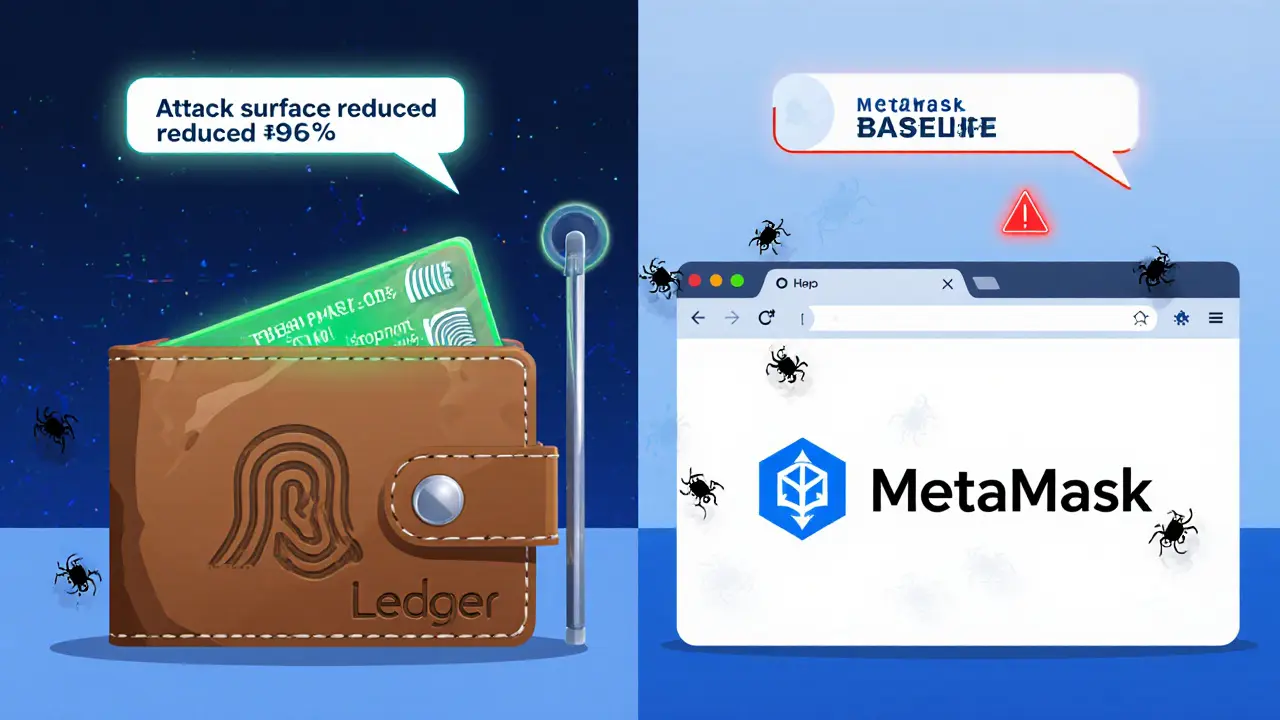
Step 3: Confirm smart‑contract audits and verification
Smart contracts are the code that moves your NFT. A 2025 Etherscan report showed 78% of fraudulent projects deployed contracts without verification, while 92% of legitimate drops were audited by firms like OpenZeppelin a leading security audit company for blockchain code.
Before you buy:
- Open the contract page on Etherscan.
- Look for the “Verified Contract” badge.
- Check the audit report link-most reputable audits are public PDF files.
- Confirm the audit date is within the last 12 months; older audits may miss recent vulnerabilities.
If a project skips this step, treat it like a mystery box with a broken lock-skip it.
Step 4: Clean up token approvals regularly
Every time you approve a contract to spend your NFT, you leave a permission that can be abused later. On average, users have about 14.3 active approvals they don’t recognize, according to Numen Cyber’s March2025 study.
The easiest way to audit is with Etherscan Token Approval Checker a free tool that lists all contracts your address has permitted. Here’s a quick routine:
- Visit the checker once a month.
- Revoke any approval that isn’t tied to a current collection you own.
- For high‑value NFTs, set a limit (e.g., 1 token) instead of “unlimited”.
In practice, a Reddit user saved an $18k CryptoPunk by revoking 27 stale approvals during the May2025 phishing wave.
Step 5: Deploy ongoing monitoring and education
Security isn’t a set‑and‑forget task. Join communities like the NFT Security Discord a server with 14k+ members sharing real‑time scam alerts. Set up alerts for:
- New contract deployments for collections you follow.
- Domain changes that could indicate phishing sites.
- Deepfake voice alerts-if a project leader suddenly “calls” you, verify via their official Twitter or Discord.
Platforms are also adding AI‑driven analysis. Gartner predicts that by 2027, 75% of NFT sites will use AI to flag suspicious behavior, cutting successful scams by 60%.
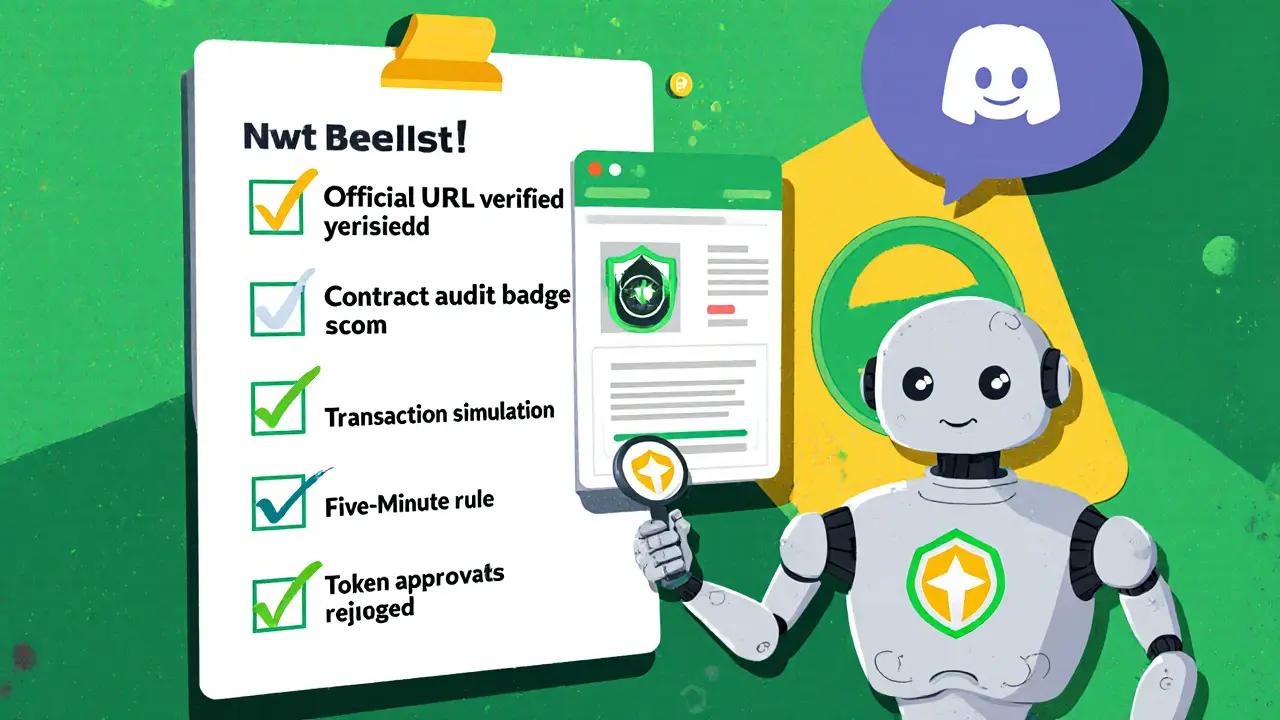
Step 6: Follow a security checklist before each transaction
Carnegie Mellon’s Blockchain Security Lab released a checklist that reduced attack success by 89% when users followed it fully. Use this condensed version:
- Confirm you’re on the official URL (check HTTPS and compare against two trusted sources).
- Verify the collection’s badge and audit status.
- Simulate the transaction (MetaMask’s preview mode) and read every function call.
- Apply the “Five‑Minute Rule”-wait at least 5 minutes and double‑check via a second device.
- Check token approvals after the trade and revoke any new unlimited allowances.
- Log the transaction ID in a personal spreadsheet for future reference.
Completing this checklist takes about 10‑15 minutes for a first‑time user, but the time saved by avoiding a loss is priceless.
Future‑proofing: what’s coming next?
The SecureNFT Standard2.0, slated for Q32025, will make dynamic permissioning mandatory and embed a short educational video for every new user. Expect platforms to roll out required “security onboarding” flows, similar to how banks now push security tutorials during account creation.
Deepfake verification attacks are already on the rise-Check Point recorded $473k in losses from AI‑generated project leader videos in April2025. Keep an eye on visual‑authentication tools that compare voice and facial patterns to verified media archives.
In short, the best defense is a habit of verification, a layered wallet strategy, and staying plugged into community alerts. Keep these practices in your routine, and you’ll stay ahead of the most common threats.
Frequently Asked Questions
Do I need a hardware wallet if I only trade low‑value NFTs?
For trades under $1,000, a hardened hot wallet with strong passwords and 2FA can be sufficient, but the moment your holdings exceed $5,000, a hardware wallet becomes the safest choice.
How often should I check my token approvals?
A monthly review catches most stale permissions. Power users who trade daily may want to do it weekly.
What is EIP‑712 and why does it matter?
EIP‑712 defines a standard for typed data signatures, making the data you sign human‑readable and preventing attackers from swapping the details behind the scenes.
Can AI‑based transaction guards generate false positives?
Yes, early versions blocked a small percentage of legitimate trades, but platforms are tuning the models to keep false positives under 2% while still catching over 60% of scams.
Is KYC a privacy risk for NFT creators?
KYC does expose personal data, but reputable platforms encrypt it and limit access. The trade‑off is a dramatically lower chance of your collection being listed as a scam.


 Finance
Finance
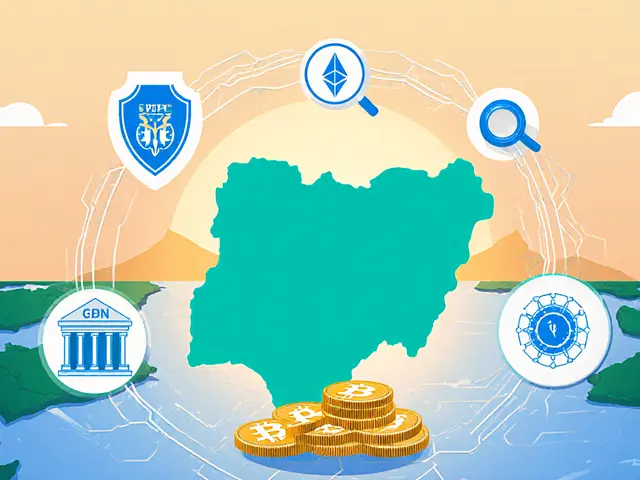
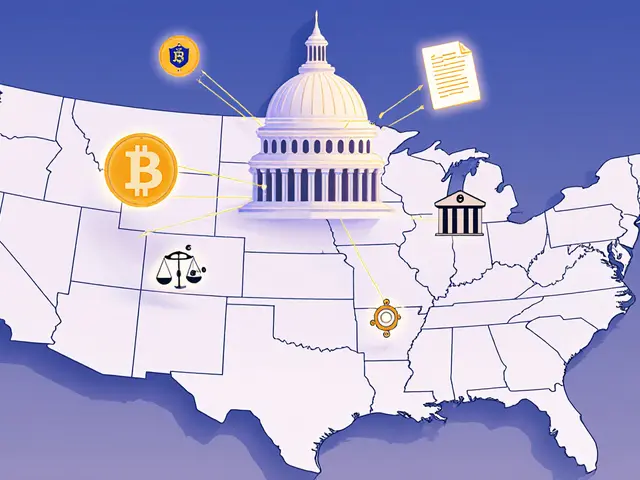
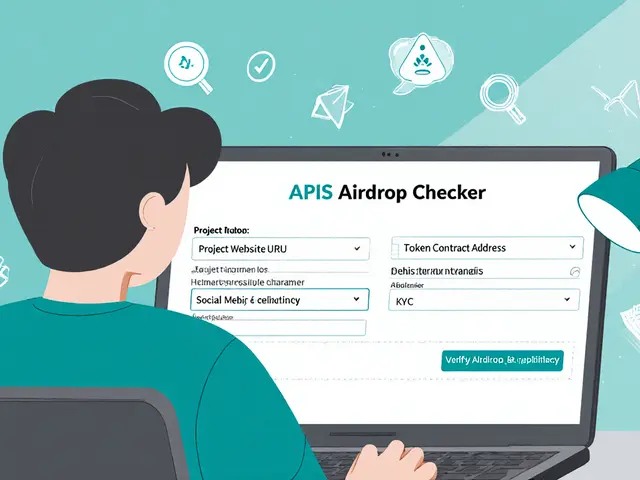
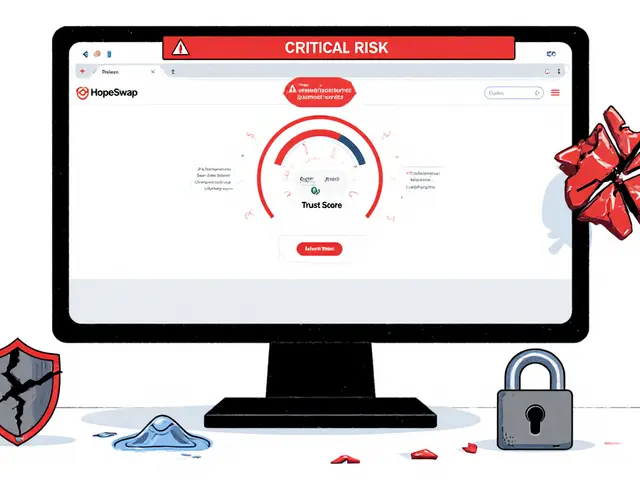
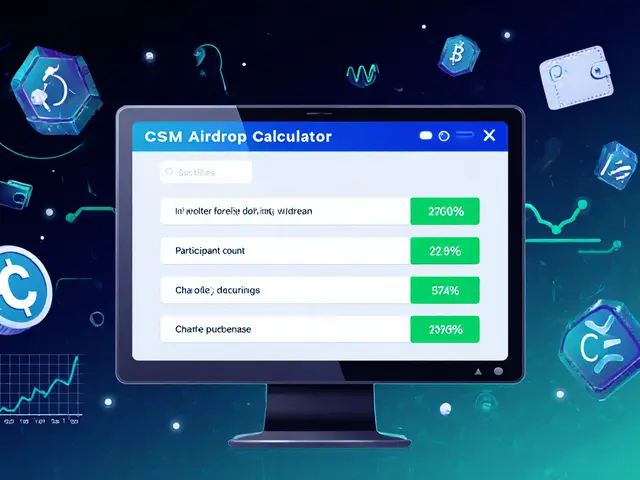
Write a comment